In the world of networking technology, companies seek out gigabit Ethernet switches and other high-speed, scalable, and dependable solutions to meet their infrastructure needs as that landscape rapidly changes. In this blog post, we are going to take an in-depth look at some of HPE Aruba’s advanced switch options, including 25G SFP28s and 100G QSFP28s available through Netgear or HPE stores. We will discuss technical specifications and compatibility information along with benefits and potential use cases for each — giving a complete understanding of why these products are essential within today’s networks. Whether you’re upgrading your own personal home office setup or looking at supporting bandwidth-hungry applications within corporate settings, this guide should leave no stone unturned when it comes to what these modules can do for you!
Table of Contents
ToggleHow Do You Choose the Best?
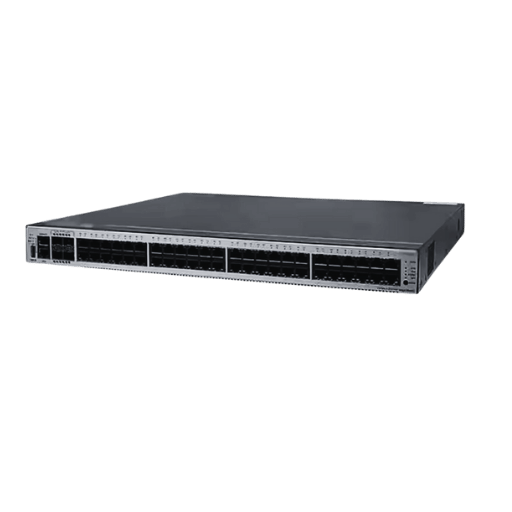
What are the Benefits of a 25G Switch?
A 25G switch has some advantages for today’s networks. In terms of speed, this device is faster than 10G switches because it offers higher data transfer rates that allow quick communication among bandwidth-intensive applications. Furthermore, it provides an easier path to 100G networks which means that you can scale up your network seamlessly without any compatibility issues with other devices such as 100G QSFP28 modules. Another thing about these switches is that they save on power consumption since each bit costs less energy when compared to other types of switches.
In addition to this, another cost-effective solution for companies looking forward to maximizing their investments into networks would involve using 25Gs because they support many different applications ranging from those found within data centers up until enterprise ones thus giving versatility needed by various operational requirements.
Main Features to Consider When Buying a 25G Switch
When purchasing a 25G switch, there are certain key features that must be taken into account so as to ensure its compatibility and performance in your network environment. First of all, it should be compatible with both SFP28 (short form-factor pluggable) and QSFP28 (quad small-form-factor pluggable) modules which will enable easy integration between various devices within the same system while still allowing scalability options whenever necessary; secondly, high port density is important because without enough ports many connections can fail or deliver poor results due to congestion thus affecting overall efficiency – therefore always consider buying switches with more ports if possible especially when dealing with large networks where multiple hosts may need simultaneous access; thirdly latency needs consideration too hence go for those models having low latency figures since this helps improve performance during transmission delays caused by the distance between sender and recipient.
Lastly but not least, management features have become very crucial nowadays owing to the increased complexity associated with modern-day networks hence opt for advanced switches that support SDN (software-defined networking), network automation plus comprehensive monitoring tools as these will greatly simplify tasks involved in managing such networks thereby enhancing operational efficiency; finally keep an eye on energy consumption levels alongside total ownership cost so as to ensure long term investments are optimized towards this end.
Why Should You Choose It for Your Switching Needs?
Because 25G switches offer improved scalability, higher performance levels and better energy efficiency. They can seamlessly integrate with other devices using 100G QSFP28 modules, hence ensuring future-proof networks while at the same time providing dense port configurations capable of supporting heavy connectivity requirements. In addition to low latency figures which improve overall system responsiveness during data transfers between different points within a network, these types of switches also come with advanced management features that make them easy to administer thus saving time and reducing operating costs over long periods.
What’s the Difference Between Managed and Unmanaged Switches?
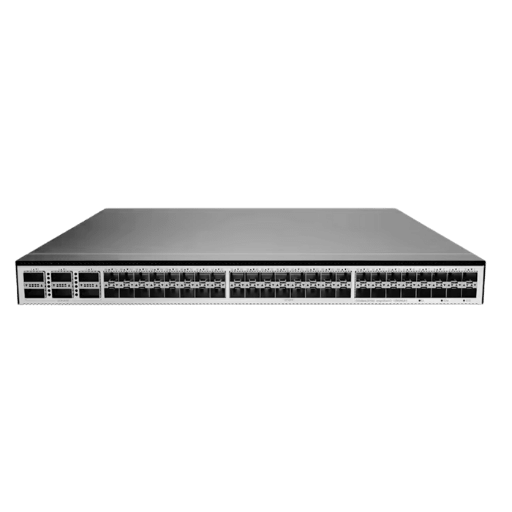
Which is Better for <25G>: Managed or Unmanaged Switches?
Typically, managed switches are better for 25G networks because they have more advanced features and control. They can provide an improvement in performance, such as through configurable settings, support for VLANs, or QoS features that optimize network traffic and performance. Additionally, managed switches offer comprehensive monitoring as well as diagnostic tools that enable better management of networks with troubleshooting capabilities. On the other hand, unmanaged switches are simpler and cheaper but lack the flexibility and control required to unleash the maximum potential of a 25G network. Therefore, when considering 25G deployments, it would be advisable to go for a managed switch since it ensures the best performance levels, security measures, and scalability.
Advantages of Using a Managed Switch in a 25G Network
- Performance: Configurable settings that help in optimizing network traffic.
- VLAN Support: Improved network segmentation, thereby enhancing security levels.
- QoS Features: Gives one more control over bandwidth allocation.
- Monitoring & Diagnostics: The tools provided are comprehensive, hence making network management more efficient.
- Scalability: Can grow together with the demands of the networks.
Frequent Applications of Managed Switch in 25G Network
- Data Centers: Ensure the fastest possible data transfer speed with minimal delay.
- Enterprise Networks: Improve partitioning and safety through VLANs.
- Service Providers: Control wide bandwidth while maintaining uniformity of service quality.
- Campus Networks: Support large-scale networking infrastructures using flexible options.
- Industrial Automation: Offers dependable connections for intricate systems that can be configured.
How Does It Work with 25G Switching?
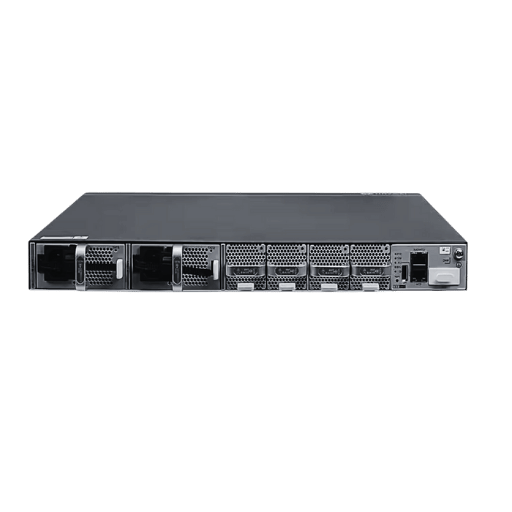
Understanding and Its Importance
The 10G solution is cheaper than 40G or 100G options and has a higher data transfer rate than those options as well – this is what we call the 25G switching. In other words, it balances performance with affordability for modern network infrastructures. Such managed switches can optimize settings so as to manage network traffic better; therefore, they are very important when deploying applications like cloud services and big data, among others, which need more bandwidth but less delay. Basically, what makes this thing important is its ability to meet current as well as future demands of networks, hence ensuring scalability plus enhanced network performance alongside robust security measures.
Integrating with 25G SFP28 and 100G QSFP28
When you integrate these modules into your system, one thing gets improved immediately, i.e., flexibility; another benefit comes shortly after that, following an increase in overall performance levels, too! You see … let me explain further: there are times when all we need is just some little changes here and there within our current setup so that everything else becomes perfect at once without necessarily having many other things done first before realizing such perfection, which might take longer than expected. For instance, if you want faster speeds between devices connected through fiber optic cables, then try using different types of connectors like LC connector instead of SC connector since LC connectors offer lower insertion loss compared to SC ones, thereby allowing more light signals to pass through them easily thus making the transmission process much faster indeed especially over long distances where attenuation losses may be high…
What is the Function of Network Performance?
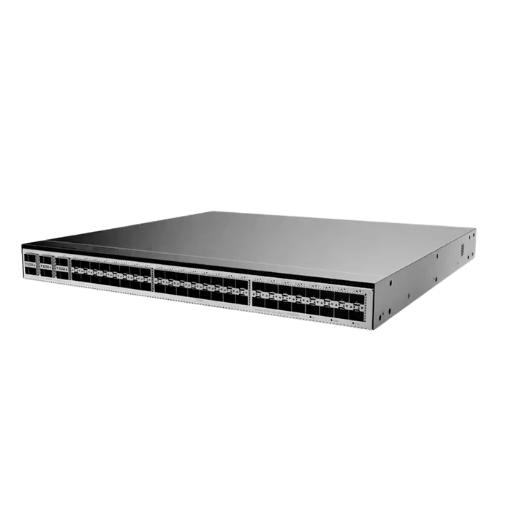
The Importance of High-Performance Networking
High-performance networking is essential for meeting the needs of data-intensive applications. This guarantees that there is minimal delay in communication, a lot of capacity, and strong connections, which are necessary for the smooth running of cloud services, big data analytics, and real-time communications. Productivity gains are realized through effective network performance as it leads to reduced costs as well as improved user experiences. In addition, it enables businesses to scale up their networks when technology changes or operational needs change.
Why Should You Consider 40G or 100G QSFP28 Uplinks?
The use of 40Gbps or 100Gbps QSFP28 (Quad Small Form-factor Pluggable) uplinks provides larger bandwidths, lower latencies, and better scalability for future needs. These types also support high-density port configurations with the ability to handle huge amounts of data traffic, making them suitable for core switches in Data Centers, among other environments where such capabilities may be required. Besides this, they have modular designs that allow easy upgrade paths while maintaining maximum reliability levels based on current deployments, even those operating at 25 Gbps.
How Does This Impact Your Network Infrastructure?
When you incorporate either 40 Gigabit Ethernet or 100 Gigabit Ethernet into your network infrastructure design it will improve overall performance by increasing bandwidth availability, reducing latency periods and increasing scalability potential across all systems within an organization’s IT environment . The integration ensures a smooth transition between different technologies used at various levels, such as access layer switches, distribution layer switches, routers, etcetera while still supporting future growth plans and maximizing efficiency in handling large volumes of information.
Where to Find Dependable Under 25 Gigabit Switches?
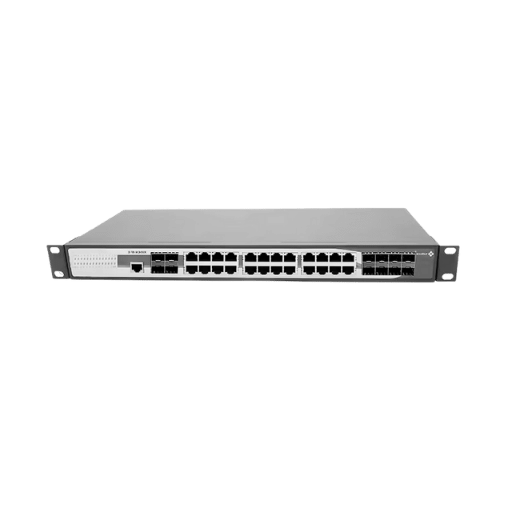
Shopping Around
Looking at Switch Options
Evaluating switch models is essential when choosing an under 25 gigabit switch. Considerations should be made about port density, power usage, and whether or not advanced networking functionalities such as automation and programmability are supported to match them with operational goals. These capabilities should be offered by Ethernet switches.
Cost-effectiveness
It’s important to consider the total cost of ownership (TCO) which includes purchase price as well as any maintenance or upgrade costs that might arise later on down the road. Make sure your selected devices strike a balance between performance and affordability so they deliver value over time.
Support and Service
A reputable company will have strong customer support channels in place. This ensures reliable technical help when needed, thereby reducing downtime duration significantly plus cutting maintenance expenses considerably, thus maximizing network efficiency.
Considerations like these can lead you to make better decisions while selecting an appropriate <25G switch for your network.
Comprehending Proposals and Their Pros
Cisco
- The reason why Cisco is known for their high-performance switches is that they have many features and are reliable. They are particularly useful for enterprises that require a strong security system, extensive management capabilities, or the ability to scale up and down easily. In addition, integrating them with other networking solutions in Cisco’s wide range, such as high-capacity data center switches, can improve efficiency across all networks while ensuring smooth operation.
Arista
- Arista excels in creating low latency environments with large amounts of throughput which makes them perfect for cloud-based networks on a massive scale. This means that they can handle vast volumes of traffic more efficiently than any other type of switch because their scalability is so pronounced – especially beneficial when dealing with data centers or service providers where this may be necessary. Moreover, Arista has an innovative EOS operating system that enables advanced automation functionality within network management systems, thereby allowing even more streamlined control over complex environments.
Juniper Networks
- Juniper Networks has created versatile switching solutions designed specifically to work well alongside current infrastructures without causing any unnecessary complications during installation processes; these boxes bring next-gen capabilities like HA features, set advanced security protocols, simplified operation through automation tools closer home for those who need them most. In fact, Juniper’s offerings were always meant not only to deliver performance but also flexibility; hence, porting 25G ports onto future-proof networks became another priority.
Understanding this information about what each offer does and why it might be good will help you make decisions based on your own needs and goals regarding switches for networks setup operationally specific to the given establishment.
Reference Sources
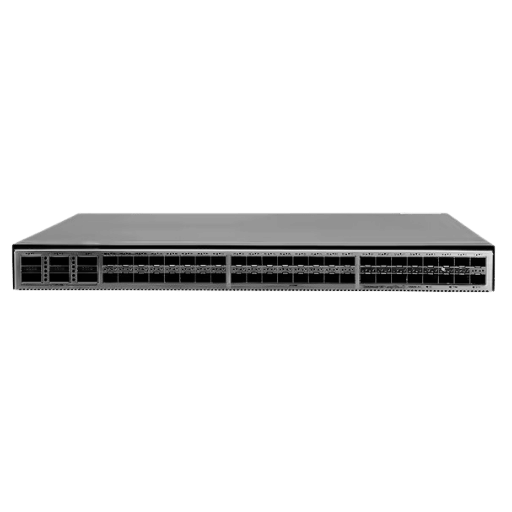
Computer network, especially those utilizing gigabit Ethernet for enhanced performance.
Frequently Asked Questions (FAQs)
Q: What are the advantages of 25G and 100G SFP28/QSFP28 switch options in a data center?
A: There are many benefits to having a data center with 25G and 100G SFP28/QSFP28 switch options. They have a higher bandwidth capacity, improve network performance and lower latency. These types of switches are best for today’s fast-paced environments where large amounts need to be transferred quickly.
Q: How does Aruba CX series contribute to network performance?
A: The Aruba CX series contributes towards enhancing network performance by use of integrated Aruba Network Analytics Engine which provides real-time monitoring, visibility and troubleshooting across the entire network infrastructure thus optimizing operations as well as overall efficiency.
Q: What makes a top-of-rack (TOR) switch different from a spine switch?
A: A top-of-rack(TOR)switch is located at the highest point in a server rack and directly connects with servers within that particular cabinet whiles spine switch serves as central backbone connecting multiple TOR switches creating high capacity path for data between racks in the Data Center.
Q: How do 48 x 10G SFP and 48 x 25G SFP28 ports enhance connectivity in data centers?
A: The connectivity offered by forty-eight times ten gigabyte small form-factor pluggable transceiver (48×10GBASE-X) plus forty-eight times twenty-five gigabytes per second small form-factor pluggable (48×25GBASE-X) greatly enhances the networking density within these facilities thereby enabling robustness as well scalability when it comes to connecting various points together within such an environment. Such connections support a wide range of applications, starting from simple data transfer up to sophisticated network configurations, leading to improved performance alongside the increased capacity for modern-day data centers.
Q: What role does IGMP play in network switches, and why is it important for AV over IP applications?
A: IGMP which stands for Internet Group Management Protocol, is an essential part of any multicast-based network. In AV over IP applications, it ensures that audio and video streams are distributed efficiently to multiple devices connected to the same network without flooding it with unnecessary traffic. Netgear IGMP support makes it particularly valuable for managing such traffic efficiently.
Q: What are the main advantages of open network switches like those from Edgecore Networks?
A: Open network switches provided by Edgecore Networks allow for flexibility, scalability, and cost-effectiveness. These switches support various network operating systems that enable tailor-made solutions for networks. Features include Layer 2 and Layer 3 support, VXLAN among others as well as compatibility with different software environments.
Q: How can customers choose the right product among HPE and Netgear offerings to meet their networking requirements?
A: When choosing a product to meet their networking needs customers should consider factors such as network size, performance requirements and specific use cases. Seeking advice from experts in this area or using resources like product comparison tools can also help make an educated decision about what is best for them. For any enquiries, customers can contact us at hpestore.quote-request@hpe.com.
Q: What is the difference between a layer three switch and a layer 2 switch in terms of functionality?
A: A layer 3 switch (also known as L3) has routing capabilities that allow it to route traffic between different VLANs or subnets, hence providing more advanced features than a layer 2 switch (L2), which mainly does switching within one VLAN. Basically, layer three switches are necessary for larger, more complex networks where there may be a need to have better control over traffic flow between these points; examples include certain enterprise-oriented models belonging to some switch series.
Q: What benefits do QSFP28 ports bring to high-performance networks such as the 6 x 100G QSFP28 and 8 x 100G QSFP28?
A: High speed data transfer is possible through very large amounts of bandwidth made available by connecting QSFP28 ports; these are designed with consideration for huge volumes of data and fast communication therefore they become essential when dealing with backbone/core connectivity in high-performance areas. Such port types greatly improve connection speeds and data transmission rates.
Q: What options are there for support with configuring and deploying HPE Aruba switches?
A: All switches can be configured using HPE’s full range of support services which includes technical documentation, online resources as well as direct help from knowledgeable staff at HPE. For more specific configuration and deployment assistance please email us on hpestore.quote-request@hpe.com.
